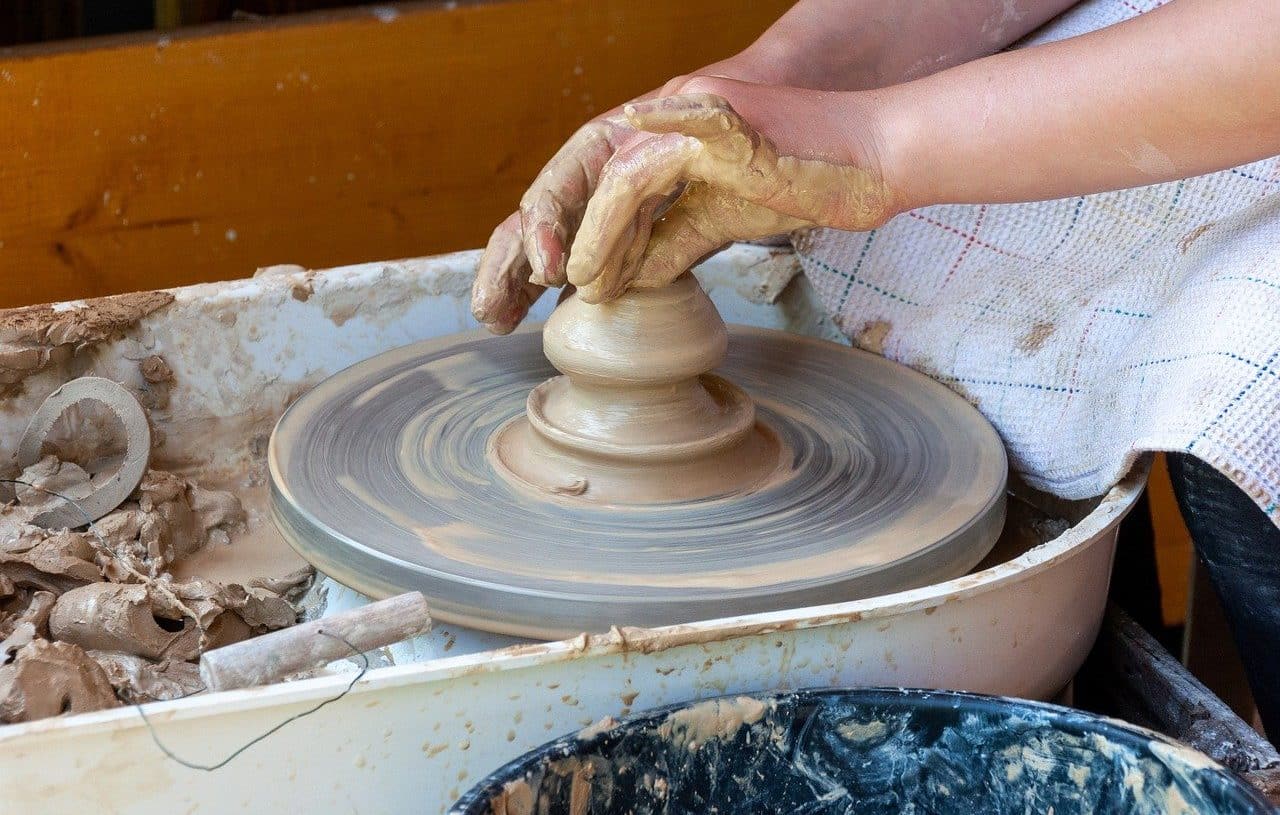
Pottery is a material obtained by adding aluminum silicates.
Clay is the material that arises from the aggregation of aluminum silicates derived from the decomposition process of different minerals. These silicates are hydrated and, depending on the presence of impurities, they can exhibit different colors.
Before moving forward with the meaning of the term, it is important to establish its etymological origin. In this case, it must be determined that it derives from the Latin argilla , which can be translated as “potter's clay.”
What is clay
Clay is an aluminosilicate (as it contains aluminum oxide and silica ) from a chemical point of view and a colloid (a system composed of at least two phases) from a physical perspective. Each particle that makes up clay has a diameter that does not exceed 0.002 millimeters.
Already in Prehistory, humans used clay to make different utensils. Clay, when it comes into contact with water , develops its plastic properties and can be easily molded. Once it dries, it becomes firm. If it is also heated to more than 800º C , the clay hardens permanently and transforms into ceramic .
The simplicity of its use and obtaining, together with its low cost, means that clay is still used to make bricks , vessels , plates , bowls and other containers, as well as multiple works of art. The technique that is put into practice to make products with clay or mud is called pottery .

Clay can be used to make pots, bricks and other elements.
Its origin
Archeology made it possible to find pottery items dating back to approximately 29,000 BC . The use of clay spread to numerous ancient cultures .
It is interesting to note that on the American continent several Columbian towns had a long tradition in the field of pottery.
Clay in cosmetics
Currently, we can affirm that clay is not only used as a material for crafts and artistic works, but also as a beauty trick. In this context it is used to make the skin look radiant, and different types of clay can be used:
- Green clay , which stands out for being a disinfectant, reducing inflammation and pain, detoxifying and even antibacterial. Qualities that make it a great option to deal with acne and excess oil on the skin.
- White clay . It provides many nutrients to the skin, being useful as an anti-wrinkle, to fight against fluid retention and to reduce cellulite.
- Red clay . It stimulates lymphatic irrigation and considerably improves blood flow. For this reason, it becomes a great alternative to fight against lack of vitality in the skin and against chronic and muscular injuries.
